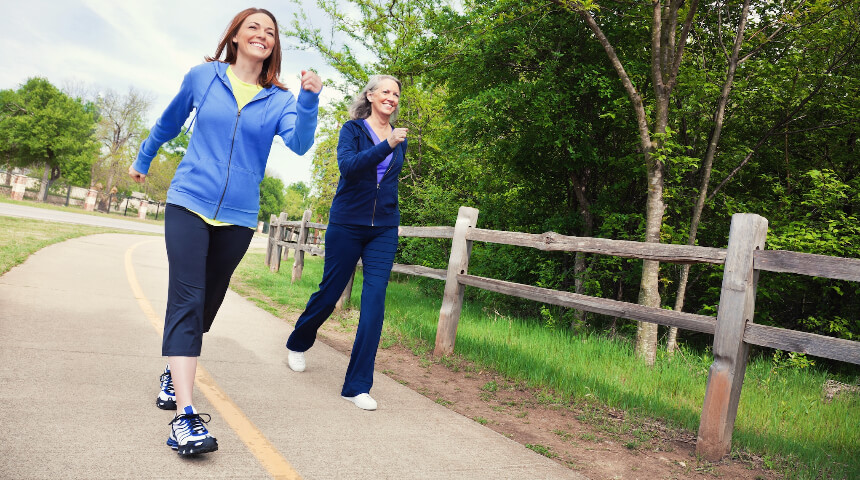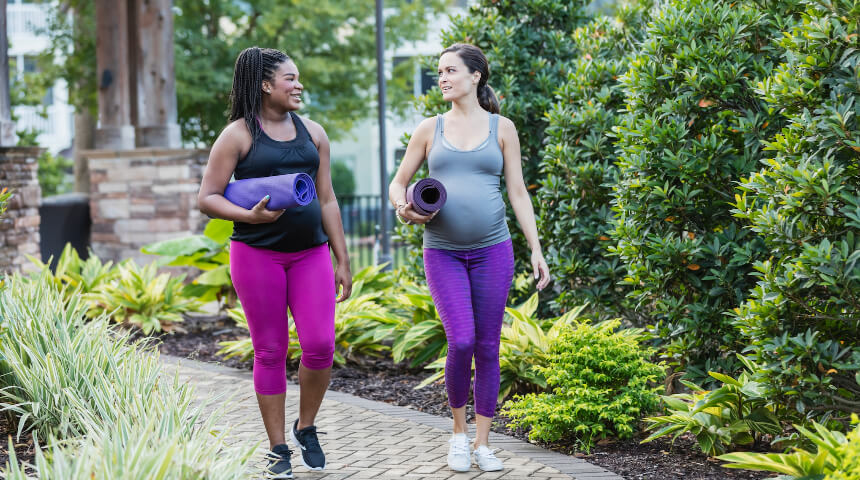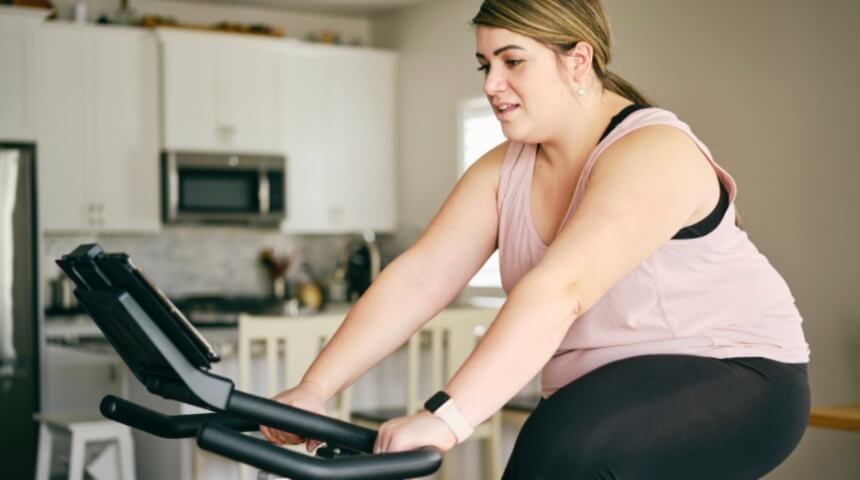How to Prevent Losing Bone Density and Muscle Mass
Maintaining our bone density is increasingly important. When we experience bone density loss, our bones tend to become more brittle and are more likely to fracture as part of an injury or fall.
Maintain Your Strength
Wolff’s Law best explains these changes in bone density. It states that our bones will adapt to the loads that we place on them. If we increase a load, the bone responds by remodeling itself. Over time, our bones become stronger to withstand loads placed on them. The opposite of this also is true: If the load on our bones decreases, bones will inevitably become weaker, because they lack the proper stimulus required for continued remodeling.
Put simply, placing added weight on our bones — which happens when we lift weights regularly at the gym — will help them stay healthy and strong. When you practice a sedentary lifestyle (one that doesn’t include lifting any weights) the bone is not stimulated to remodel. The result? Bones become weaker.
Exercise Is the Answer
The loss of muscle mass that’s associated with aging is called sarcopenia. When you don’t activate the muscle — and instead limit your amount of physical activity — your loss of muscle mass and their associated functions accelerates. Put another way: If we don’t use it, we lose it! We need muscular strength to help prevent falls.
As we age, we should prioritize preserving our bone density and maintaining our muscle mass as part of our everyday health. Targeting these two factors can help aging individuals prevent the onset and progression of osteoporosis and sarcopenia. Significant losses in muscle mass and bone density are associated with an increased risk of falls and fractures. These types of injuries are associated with increased rates of mortality. By working to preserve our bone density and muscle mass, we can significantly reduce our risk of falls and fractures.
There is a solution. The best way to combat losses in muscle mass as well as avoid falls and other related injuries is to exercise regularly.
Personalize Your Regimen
Four types of training can help improve poor posture, stimulate bone remodeling and challenge balance and proprioception (or the conscious awareness of body and limbs, which includes the sense of heaviness). The National Osteoporosis Foundation recommends:
-
Posture exercises
-
Hip and back-strengthening exercises
-
Balance training
-
Functional training
Consult with your primary care doctor and local fitness professional to create an exercise regimen designed to meet your specific needs, making certain it incorporates the above exercises.
Exercise alone may not combat the onset and progression of osteoporosis and sarcopenia. Individuals should consult their primary care doctor to explore additional options that can aid in reducing the risk of fractures.
The benefits of exercise go far beyond preserving our bone density and muscle mass, however. My recommendation is that you add any forms of exercise to your life that you personally enjoy. Whether it’s walking the dog, practicing yoga or weight training, you are taking positive steps toward leading a healthier, stronger lifestyle.
Learn More About the Orlando Health National Training Center
The Orlando Health National Training Center, on the campus of Orlando Health South Lake Hospital, provides comprehensive wellness programs, events and training services to support our community and athletes in their achievement for health and performance excellence.
Learn more










